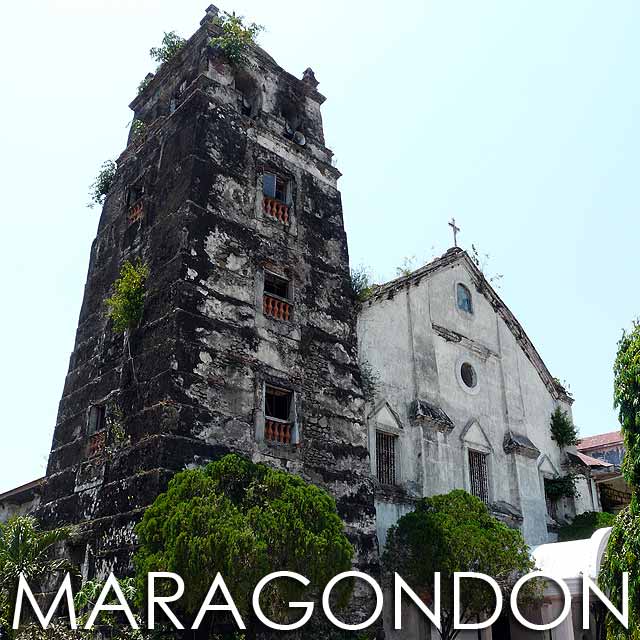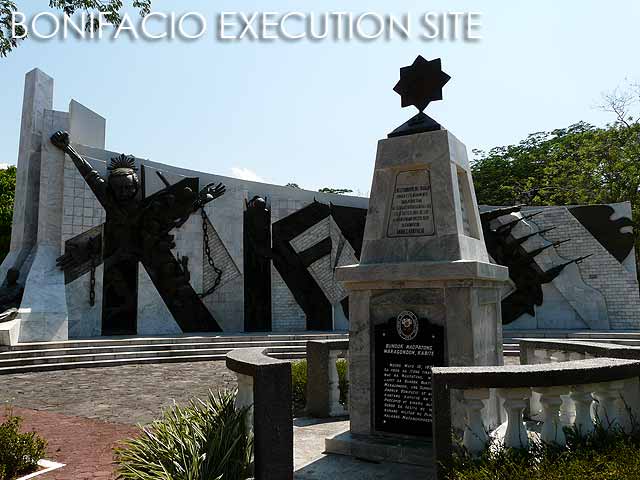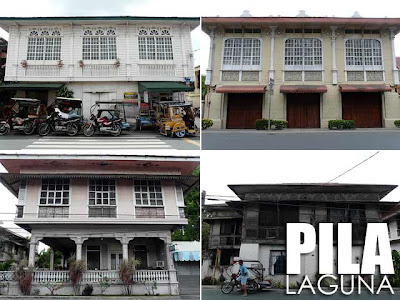
Now they are targeting the historic Alberto House in Biñan, Laguna, the house of Teodora Alonzo, mother of Jose Rizal! That foolishness in Bagac, Bataan has got to stop! Shame on you, you greedy developer! Stop poaching our history!
The historic Alberto House is significant among Biñan houses because of its association with Dr. Jose P. Rizal. This grand bahay na bato with its tile roof still intact, is a cultural treasure to the people of Biñan. And anyone who dares take it away for his personal use can only be called greedy!
The ancestors of Rizal, both Alonzo and Mercado, are from Biñan, Laguna. Rizal's grandfather was Don Lorenzo Alberto Alonzo (1790-1854), municipal captain of Biñan in 1844. The Alberto House was thus the ancestral house of Rizal's mother, Teodora Alonzo. Dona Teodora and Jose Rizal himself, at various periods, lived in the house.

Rizal connection aside, the architectural features and date of construction of the Alberto House (approximately constructed in 1765) make it very significant not just to Biñan, but the entire province of Laguna.
According to sources, about 20 percent of the interior was already dismantled as of this week. It's a good thing the City Government of Biñan, Laguna stepped in and has offered to purchase the house. Imagine the gall of this developer! They were demolishing the Alberto House without a demolition permit! And before we forget, R.A. 10066 - The National Cultural Heritage Act of 2009 is already in effect. Therefore, demolition of structures at least fifty years old cannot proceed without the permission of the National Commission for Culture and the Arts.
Another good thing is that people in Biñan are up in arms! I laud communities who know the value of their heritage and the need to preserve it. The United Artists for Cultural Conservation and Development, City of Binan, Inc. is calling on everyone's support to help them save the Alberto House in Biñan, Laguna. They are staging WELGA: Isang Gabi ng Dula, Awitan, Sayawan, Atbp., a cultural protest condemning the demolition and transfer of the Alberto House on June 9, 2010, Wednesday, 7 p.m. at the town plaza of the Biñan.
Thank you to BJ Borja of the United Artists for Cultural Conservation and Development, City of Biñan Inc. for photos of the house by Neil Cholo Legaspi and information on the house. For more details, read Laguna town prevents demolition of Rizal mom’s home.
Update: The City Government of Binan, Laguna pledged its full support for the restoration of the Alberto House. It has allotted funds for its purchase or expropriation if need be. The United Artists for Cultural Conservation and Development, City of Biñan Inc. has begun fund-raising efforts for the eventual restoration of the house. All it takes is for the Albertos to say yes to the offer.


















































